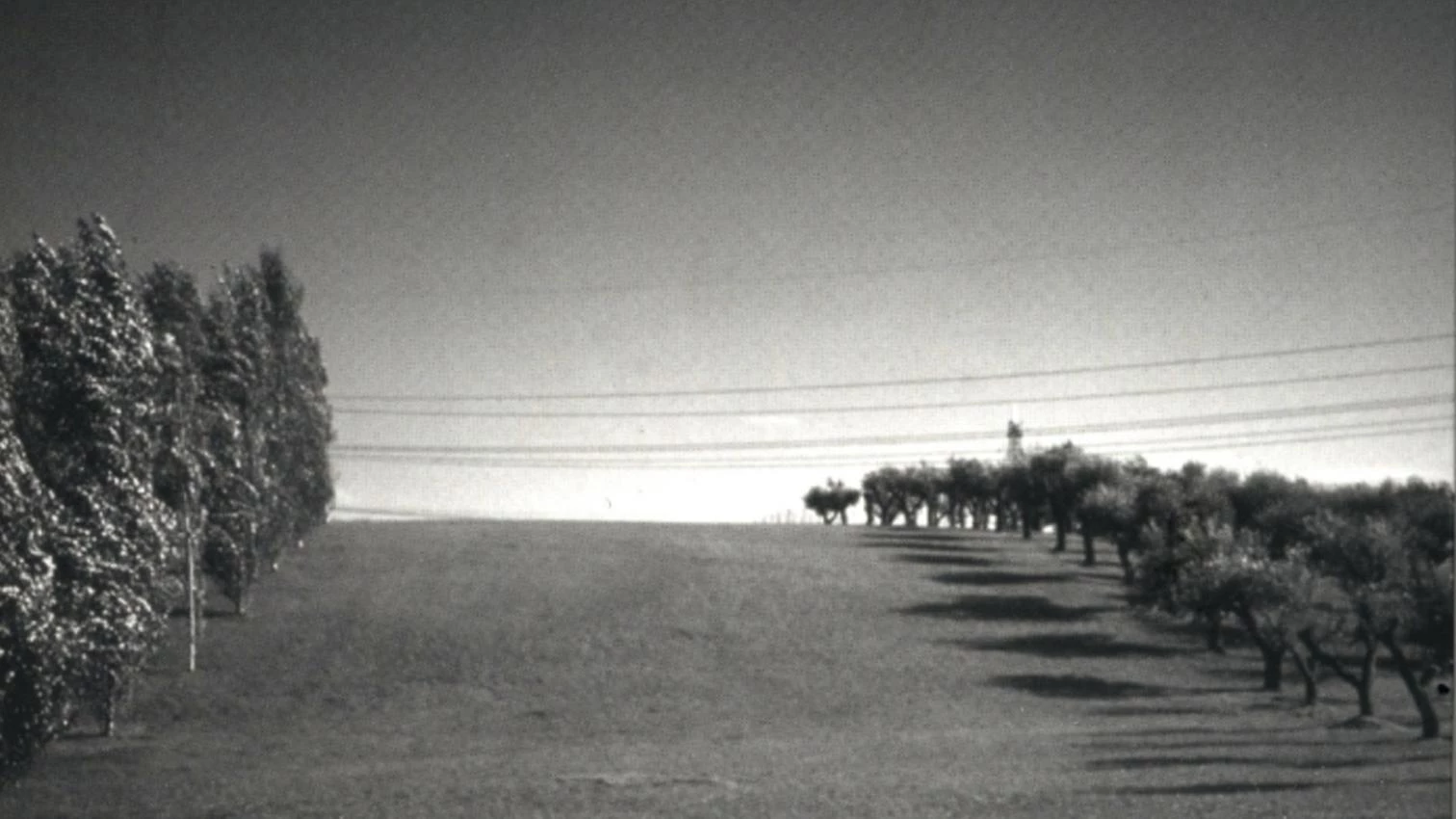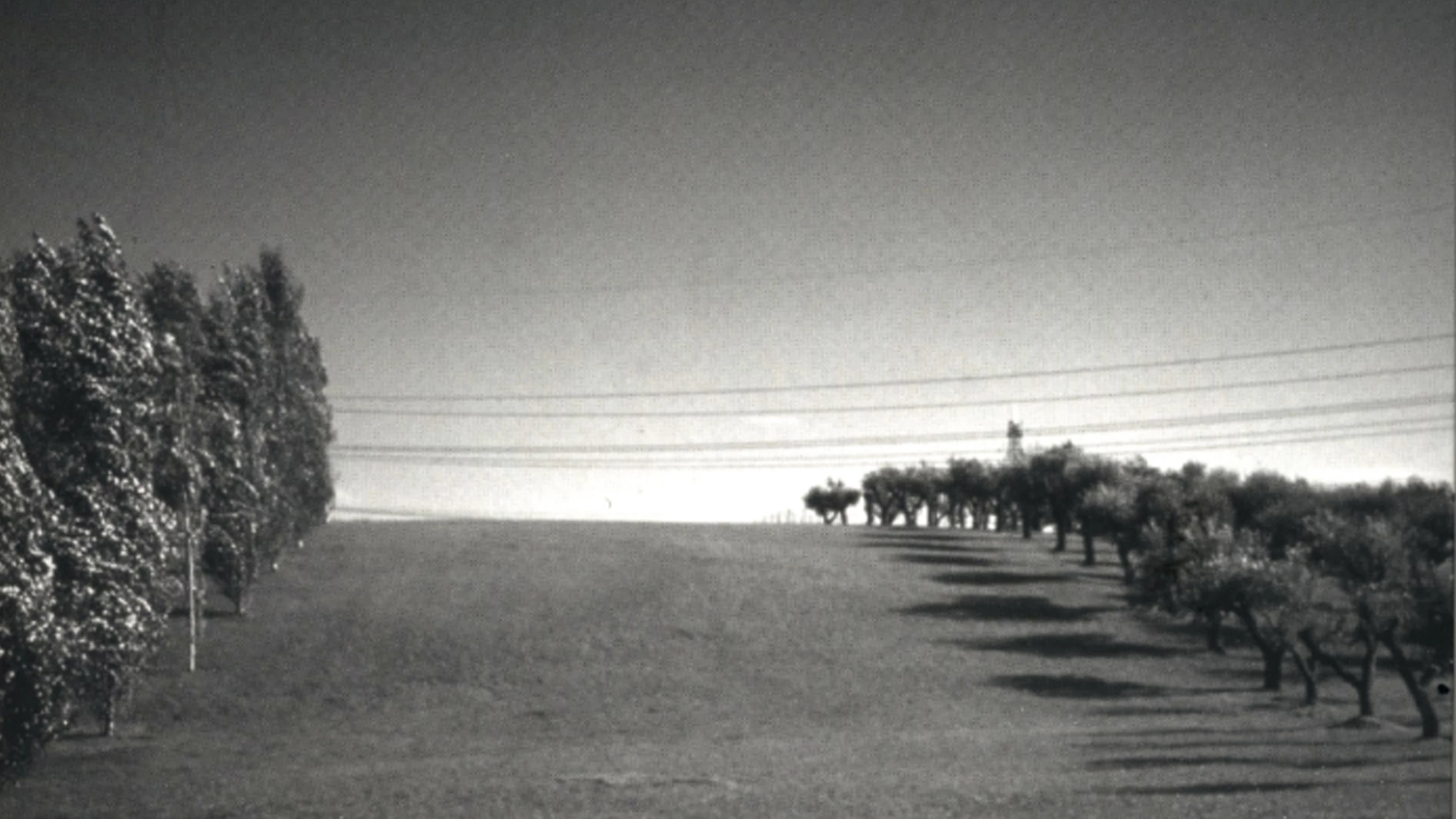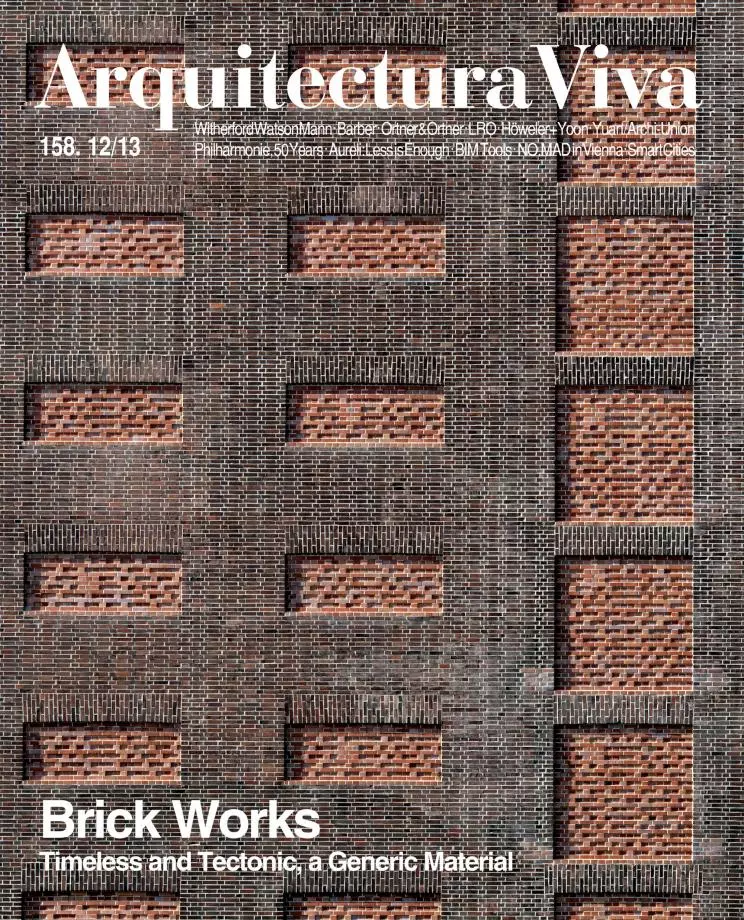
In one of the stories of The Secret Gardens of Mogador (where the main character, to be able to sleep with his capricious beloved, has to invent a garden every night), the Mexican writer Alberto Ruy Sánchez narrates how different specialists were gathered for the building of a new garden, but each profession wanted a different garden image, even a different use of techniques and materials, giving rise to a mere garden of arguments.
In El jardín de la metropolis, Enric Batlle (who alongside Joan Roig has carried out some of the most outstanding landscaping projects of contemporary Spain) makes a run-through of all the arguments surrounding this broad and deliberately ambiguous concept of ‘the garden of the metropolis’. He proposes a journey going from the English garden to the paradigm of New York’s Central Park or the most conspicuous contemporary projects, and ultimately to land art or the ecological landscape. The book does not try to be a systematic review of the contemporary garden, but to build a model of free space for a more efficient city.
In turn Gilles Clément, another leader in the discipline, offers in El jardín en movimiento one of the arguments that have perhaps most made an impact in recent times. Clément has advanced in his peculiar proposals and conceived the jardin planetaire, the whole Earth as garden; a vision as passionate as it is debatable in some of its extremes. In the ‘garden in motion’ book, the idea that fallow land – terrain once cultivated and preserving the marks of it – can be a pattern for gardens seems contradictory. Yet the argument is not that new. Le Corbusier himself said that plants in the gardens of his houses were to grow spontaneously, on seeds brought by wind and birds, with minimal human intervention. Clément’s theories are exemplified by projects of his own, especially Parc André Citroën, a great model of turn-of-the-century urban parks, opposed in its near-baroque rationality to Parc de la Villette, also in Paris.
Hence two personal views of the garden space by two great authors, an architect and a garden designer. Although many of their reasonings were founded upon modern tradition, both of them seemed to move in an opposite direction. In the final lines of his book, Batlle offers us the key: on one hand, “a romantic fugue without end,” of a personal character, as if experience of the garden were meant to be enjoyed by each individual in isolation, never collectively; on the other hand, adds Batlle, as if in salute to Clément, “a garden in motion.” Romanticism and movement – two arguments to take into account, perhaps, in gardens of the future?
Francis Bacon wrote in the 17th century that the garden was one of the purest of pleasures, synthesizing the perfection of the culture of man, and that only when that culture was highly developed were gardens created, as if the art of the garden were superior to architecture itself. Bacon’s statement may now seem rather exaggerated, but every man is capable of expressing a garden idea of his own, generating a never-ending series of arguments.








